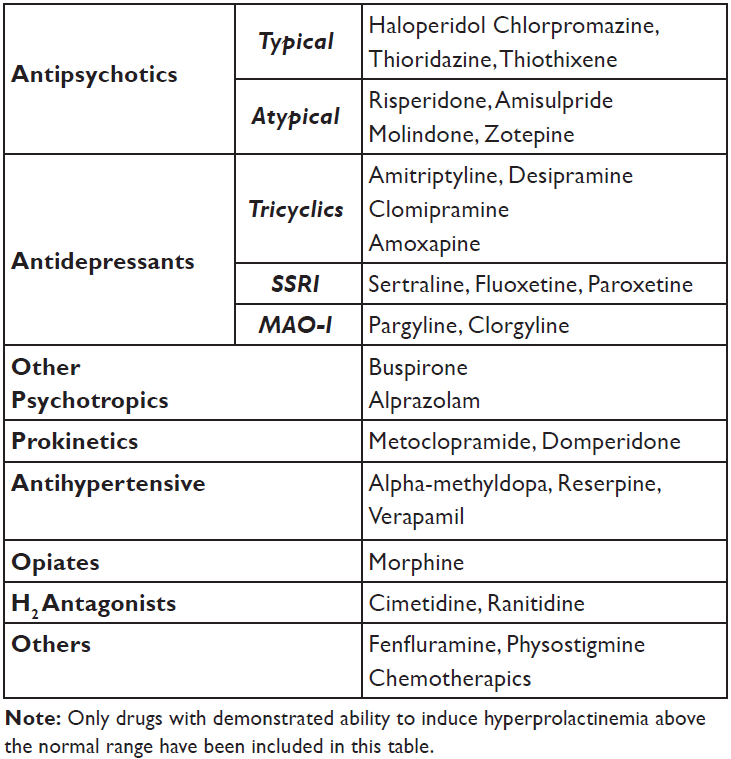Suitable Specimen Types
- Serum
- EDTA Plasma
- Li Hep Plasma
Sample Processing in Laboratory
Usual
Sample Preparation
Centrifuge
Turnaround Time
24 HoursSample Stability
Store samples at 4°C. For longer periods store separated serum/plasma at -20°C (only thaw once).
Prolactin
General Information
Prolactin is synthesised in the anterior pituitary and secreted in episodes. The target organ for prolactin is the mammary gland, promoting development and differentiation. Prolactin levels are regulated by dopamine. High concentrations of prolactin have an inhibiting action on steroidogenesis of the ovaries and on hypophyseal gonadotrophin production and secretion. In pregnancy the concentration of prolactin rises under the influence of elevated oestrogen and progesterone. Post partum, the stimulating action of prolactin on the mammary gland leads to lactation. Hyperprolactinaemia (in men and women) is a major cause of fertility disorders.
Hyperprolactineamia can also be caused by some drugs, as shown in the table below (source: La torre and Falorni (2007). Pharmacological causes of hyperprolactinemia. Therapeutics and Clinical Risk Management, 3(5), 929-951). Additionally, stress can cause a moderate increase in prolactin levels.

Patient Preparation
None
Notes
All prolactin levels >700mU/L will be tested for macroprolactin, unless clinical details indicated a known cause for elevation.
Reference Range
Males: 73 - 407 mU/L
Females: 109 - 557mU/L
(Source: Abbott Diagnostics)
Specifications
- EQA Scheme?: Yes
-
EQA Status:
NEQAS and WEQAS
